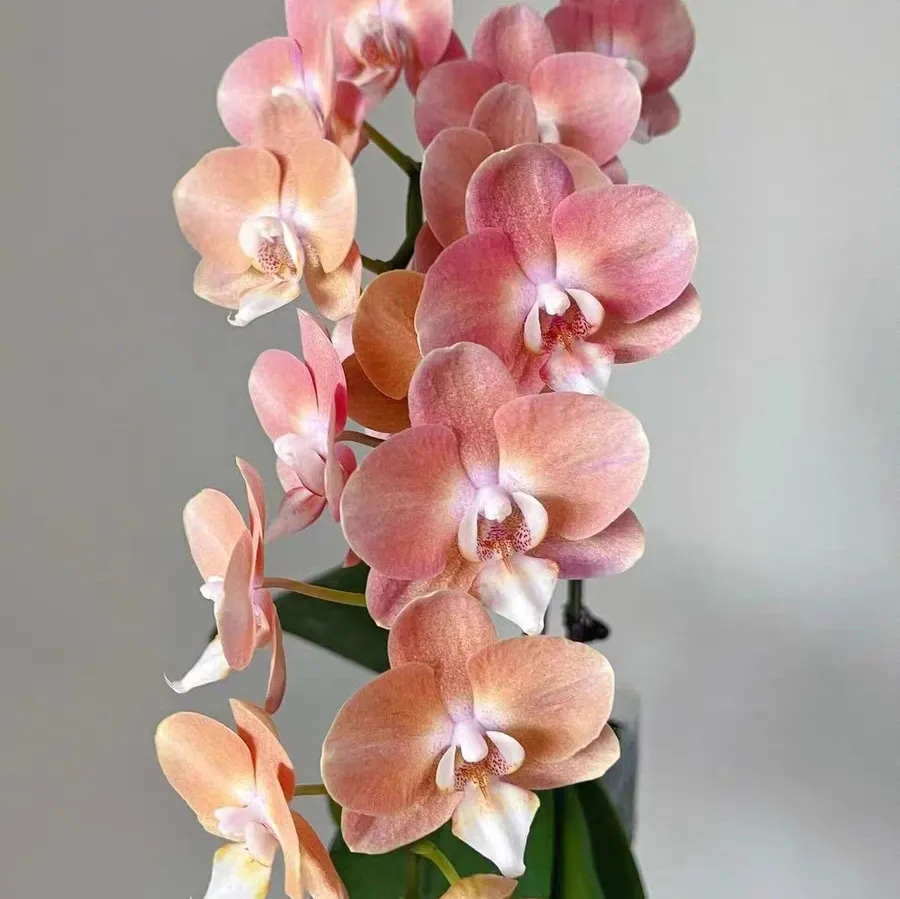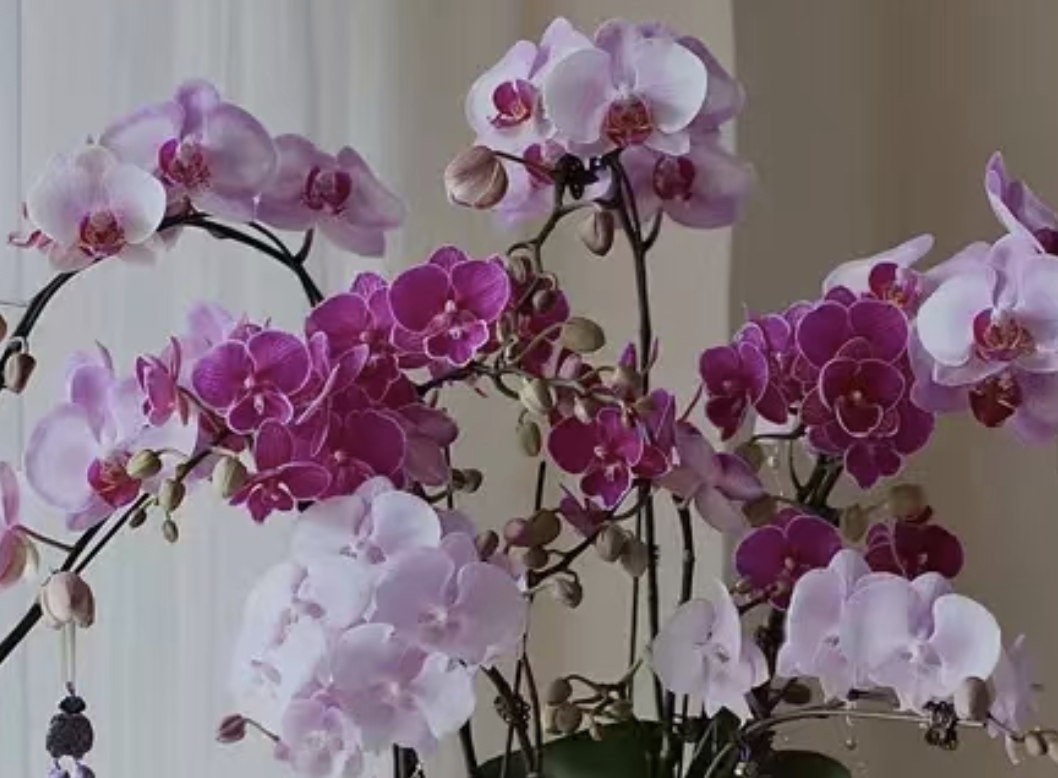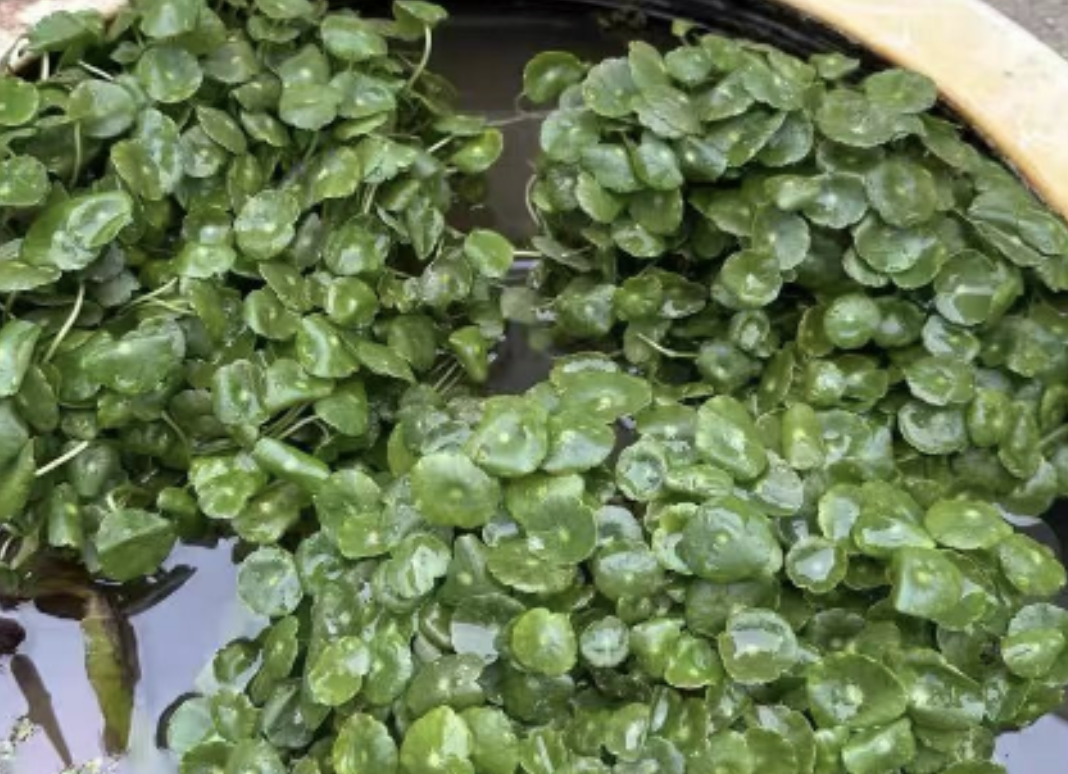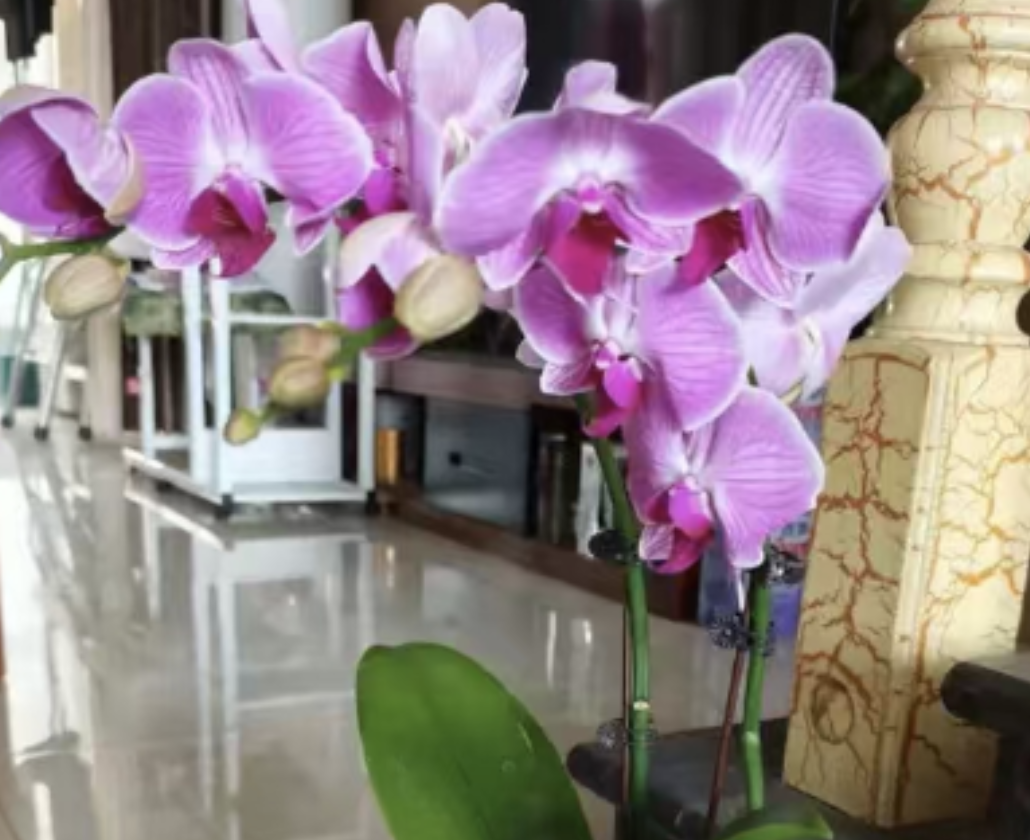One of the most distressing things about growing Phalaenopsis orchids is seeing the crystal tips (healthy root tips) turn black and rot. However, with timely treatment and adjusted care, there's a high chance of saving the plant! Today, I've compiled detailed handling steps and key points for post-rescue care, so even beginners can follow along~
## 1. Emergency Rescue for Rotten Roots
A rotten crystal tip means the root system is already infected. You must act quickly to stop the rot from spreading!
**Trim the rotten roots**: Use pre-sterilized scissors (wiped with alcohol or scalded with boiling water) to cut off all blackened, soft, or slimy rotten roots. Even if only a small amount of healthy roots remain, keep them. When trimming, make sure to cut until the cross-section of the root shows white/light green healthy tissue. The cut should be as flat as possible—never leave any rotten tissue behind (residual病灶 will continue to rot!).
**🧴 Disinfect**: Mix a solution of "1 liter of water + 1 flat spoon of carbendazim". Fully submerge the trimmed roots in the solution and soak for 5-10 minutes. After soaking, don’t repot immediately. Invert the plant in a well-ventilated area to air-dry for 2-3 hours, allowing the wounds to scab over naturally. Avoid water pooling in the leaf crown.
## 2. Adjust Care Based on Conditions
Choose the right care method according to the extent of root rot to help the Phalaenopsis recover quickly~
**If roots are not completely rotten**: If some healthy roots remain, don’t water in a hurry! Place the plant in a well-ventilated area with scattered light, and let the original growing medium dry out for 3-5 days. Once the wounds are completely dry, repot using loose bark + sphagnum moss (7:3 ratio). Don’t compact the medium—let the roots spread naturally. In the early stage, water sparingly: for a 3.5-inch plant, water about 100ml each time, pouring slowly along the edge of the pot to avoid water pooling at the roots. After that, water only when the medium is half-dry (approximately every 5-7 days).
**If all roots are rotten**: Don’t give up even if all roots are gone! Try the upside-down hydroponic method or semi-hydroponic method—they have a high survival rate!
1. **Upside-down hydroponics**: Submerge 1/3 of the leaves in clean water. Change the water once a week, and after each water change, air-dry the root area for 3-4 hours before putting it back in water. Add 2 drops of plant vitality booster to the water. Place in a cool, well-ventilated area with temperatures above 15℃. Be patient—new roots may sprout from the base in 1-3 months.
2. **Semi-hydroponic method**: Wrap the stem base with sphagnum moss (not too tightly). Place ceramic pellets at the bottom to keep the moss slightly moist but not waterlogged. Put it in a spot with scattered light, relying on air humidity to stimulate new root growth.
## 3. Key Points for Post-Rescue Care
After rescuing the plant, adjust your care details to avoid secondary root rot!
**Growing medium + pot**: Never use compacted soil when repotting! Recommended medium: a mix of bark + sphagnum moss (70% bark for breathability, 30% sphagnum for moisture retention). Choose a breathable plastic pot with side holes or a clay pot. Line the bottom with a layer of ceramic pellets to enhance drainage.
**Watering + ventilation**:
1. Check the medium before watering: Water only when the sphagnum is half-dry and the bark feels dry to the touch. After watering, empty any excess water in the saucer to prevent root suffocation.
2. Maximize ventilation: Run a fan on low for at least 4 hours daily, or all day in summer, to ensure the roots can "breathe" smoothly (poor ventilation is the number one cause of root rot!).
**Fertilizing + temperature**: During the growing season (spring and autumn), apply a general-purpose nutrient solution (diluted 1:1000) once or twice a month. Stop fertilizing when temperatures exceed 30℃ or drop below 15℃ to avoid root burn. The ideal temperature range is 18-28℃. In winter, keep temperatures above 15℃; in summer, avoid direct midday sunlight—scattered light is safer.
Rotten roots in Phalaenopsis aren’t可怕. The key is to "detect early, trim early, and adjust the environment". As long as you thoroughly remove the rotten parts and provide sufficient ventilation and proper humidity, even plants with all roots rotted can sprout new roots and regain life.
What should I do if the crystal tip of the Phalaenopsis rots?

Share with
Tagged in :




Leave a Reply